How Houses Functioned Before the Advent of Air Conditioning
Greene County via flickr cc
Earlier this summer, my next door was complaining to me about how costly his electric bill had gotten due to running his air conditioning system. I was shocked when we compared inside temperatures and bill amounts and realized that despite the fact that his house is a single-level home and about 70 years newer than my 1920’s split-level, his electric expense is considerably higher. “How can that be?” he asked “That drafty old house should cost you an arm and a leg!” I replied “I guess they just don’t make them like they used to!” Not until the last few weeks did I realize just how right I was. That conversation got me thinking about all the things about older homes that are basically designed to conserve energy.
It makes sense, really. Air conditioning systems didn’t become a common feature in American homes until after World War II, and homes built before then had to have architectural and strategic features to help them and their residents stay cool in the summer. Here is a breakdown of some of those features, as well as a few extra tricks used by our grandparents’ generation to avoid melting during the sweltering heat of summer back in the “old days” before we became reliant on air conditioning.
Interior Controls:
Wall Thickness
One of the biggest things about older homes that helped them conserve energy was the thickness of the walls. The exterior walls of many quality older homes were made of brick or stone, which provided a great deal of insulation and protection from the outside weather. In fact, in southern states where the weather got especially hot in the summer, brick and stone walls were commonly made 12-24 inches thick, a huge difference from the 2×4 or 2×6 lumber used in most modern construction.
While the thick stone walls kept heat from penetrating the house during the day, they did absorb heat, which could more easily be eliminated from the homes later in the day when cooler night air prevailed. Which brings me to my second point:
Airflow, Airflow, Airflow!
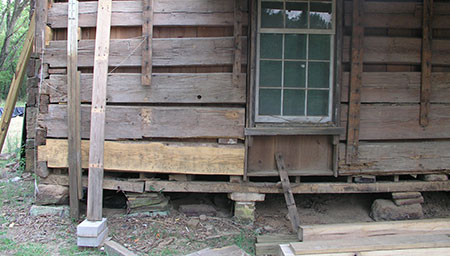
The split-level designs of many older homes featured open stairwells that freely and naturally allowed warm air to rise to the upper levels. In fact, some older homes even had turrets or towers that sat above the living spaces of the home to collect heat and allow it to be vented from the home. Even without turrets, however, strategic opening of windows in the home maximized the flow of cool air through the home. For example, if the wind was from the west, basement or first-floor windows would be opened on that side of the house, and on the opposite side of the house, windows on the second floor would be opened to essentially draw cool air through the house and eliminate heat with the natural force of the outside breeze. Fans could also be used to increase this effect.
In southern states, where basements are not as common, many homes would actually be built on top of blocks that allowed breeze to flow underneath the living space of the house all the time.
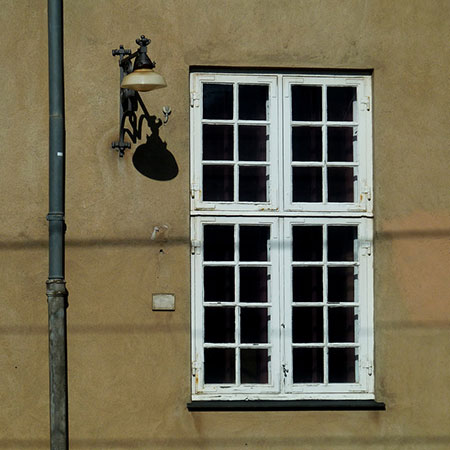
Another way that older homes facilitated air movement and removing heat from living space was through higher ceilings. Most modern homes are built with 8 foot ceilings being the standard, but in the pre-air era, ceilings of 10-14 feet were very common. Naturally, heat tended to rise to the ceiling while lower areas stayed cooler. Ceiling fans also encouraged this effect, commonly used to draw heat upward in summer months and to blow it downward in cooler months.
Another way that warm air could be eliminated from rooms in older homes was through transoms, which were essentially small windows over doorways. Transoms were very common in older homes, both over interior and exterior doors to vent heat from the highest points of the room. Over exterior doors, hinges and special hardware allowed the transoms to be easily opened to allow airflow but still provided a degree of security to the home.
Transoms weren’t the only way windows were used differently in the old days, of course. Many older and historic homes had extra-large, double-hung windows. During the day, the top window could be opened to allow heat to escape near the ceiling, and at night, the bottom window would be opened to let cooler air inside. Not only did windows tend to be larger in the days before air-conditioning, there also tended to be more of them. To control the heat of direct sunlight pouring through these windows, large, heavy drapes were often used. Though there were other ways to control the effects of the sun, which brings me to my next point:
Exterior Controls:
Strategic Trees, Shrubs & Shade Porches
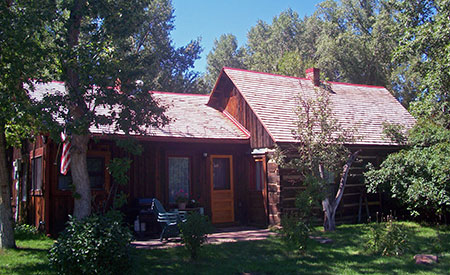
Older homes tended to have large shade trees and shrubs planted on the south and west sides of a home. This blocked a good portion of the summer sun during the midday and late afternoon hours when the heat tended to be the most intense. Window overhangs and external awnings also helped to control sunlight in a similar way.
Of course if all else failed, and the heat of the day still made being inside almost unbearable by the time evening came to call, there was always the covered porch, which seems far less common in modern construction. Many older homes had wraparound porches which always had shade to offer on at least one side of the house, while other homes had large front porches, which were often screened and furnished to allow the residents to sleep outside in the cool night air without the bother of bugs. Screened porches were often preferential to sleeping in the hot bedrooms which tended to be on the upper levels of homes. Apartment dwellers in the pre-a/c era would often sleep on their fire escapes to get the same effect.
Reflective Roofing
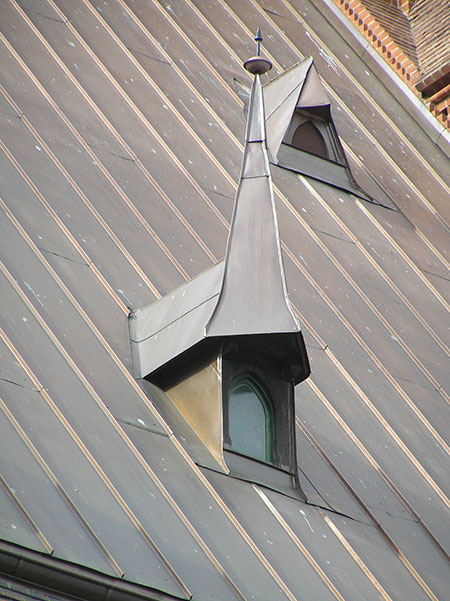
While most modern roofs are covered with asphalt shingles, many older homes were more likely to have light-colored metal roofs, commonly made of tin, copper, or lead. These old-fashioned roofs, while a little noisy in a rainstorm, were very effective at reflecting the sun’s rays and excess heat away from the home.
Personal Controls:
Electric fans and refrigerators also gave people some creative ways to beat the heat of summer before air conditioning. You could call it an old-time air conditioner, but one popular way to cool off was to simply put a fan in front of a pan of cracked or dry ice.
Another trick people used to control their body temperatures was to either refrigerate or freeze bedsheets and/or pajamas during the day with the hope that the cool effect would last them long enough to fall asleep.
Still one other trick was to hang wet clothing, bedsheets, and other fabrics in front of open windows or fans to provide a little extra cooling effect to the otherwise warm summer breezes.
If there’s a point to this, I suppose it’s that human ingenuity always provided solutions to problems as we encountered them, and we never really “needed” our air conditioners, though these days we certainly tend to feel that way when they go on the blink… And if you want a newfound appreciation for the way previous generations tried to beat the heat, try turning off the air conditioner for a day and sleeping in some frozen pajamas!
 Home and Gardening Ideas At home and Gardening ideas we believe inspiring readers about homesteading, self sufficiency
Home and Gardening Ideas At home and Gardening ideas we believe inspiring readers about homesteading, self sufficiency
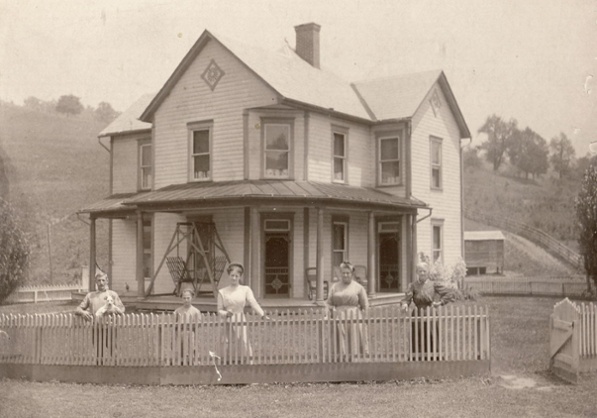

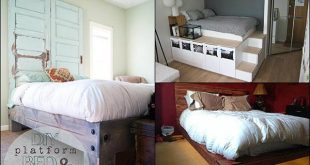




we live in eastern New Mexico and have not had our ac on all summer. Windows open, fans running toward the outside to draw air out and sheer determination has allowed us to “weather” this challenge. Our kids are old enough to self-regulate ie I have no infants or young children who could be adversely affected by this sometimes suffocating heat. I can’t wait for winter since hopefully we can now afford to run the heat!!
I live in NW Iowa. When I first moved into this house, I had a handyman put in my Dad’s favorite thing, a large louver on one side of the attic, and an automatic fan that opens and blasts the hot air out of the attic if the temp gets over 95 degrees. It goes off and on several times a day, I don’t have central air, I have a 1926 house and two window ACs. I haven’t used them this summer. I have a fan running and the occasional time the attic fan comes on, the temp in the house drops about ten degrees.
I never experienced air conditioning until I was over 20 years old. We ate lighter foods and were not overweight back then. We all became acclimated to the hot weather and did not need air conditioning. Humans prospered and became used to the heat thousands of years before air conditioning. We do not need it in our lives, but it does make living more comfortable. I grew up sleeping outside on a screened in porch year around and I never complained except when I got up on cold mornings and my feet hit the cold wooden floors. We did not have running water, telephones, nor bath rooms. I breathed fresh air all year long.
Sounds like it was better! I got an attic fan couple years ago, dot use ac but for one month now in nj. Didn’t have it in a Dutch colonial and was very comfortable.
Of course some of this is just common sense… like opening the windows early in the morning and shutting them when the sun hits them (or having blinds).
Some of the things mentioned which will help with summer heat… high ceilings, large windows, etc. will make it expensive and difficult to heat the home in the winter (although the 12-24″ thick walls will probably help in summer or winter).
Depending upon where you live… a brick or stone home may not be the best of all ideas. Those of us who live in seismically active zones know that insuring a masonry home for earthquakes is expensive. Yes, having trees around your home shading it can be very nice. However, for those of us who live out west this creates a situation where you don’t have a defensible space around your home for wildfire — an unfortunate reality.
I have been doing historic renovations most of my life. A big item not mentioned in this article is the homes built up to ww2 were built with what’s called “balloon framing”. The walls were built from the first floor to the second floor and further with studs in the walls that went from the first floor to the attic in some homes. They found that if a fire broke out, the air running up the walls would feed a fire so, they started framing the walls and stopping the framing at each level. This Balloon type of framing helped air rise and take the heat up to the attic area, now these walls have insulation in them and stop at each floor per code! This would keep houses cool in the summer but, in winter these people would freeze, that’s why in older homes, you see a fireplace in every room, even bedrooms.
Fascinating
I have lived without a/c until we bought our recent house 11 years ago. We would take cold showers use fans and occasionally sleep on the porch.
My house was built in 1867 with a wrap-around porch. The porch roof is just the right height to let the sun in the windows in the winter, but block it in the summer, when the sun is higher. I also have a very large ash tree on the SW corner of the house. I have never had A/C in this house. When it is 90 degrees outside, it’s 65-70 inside. By the time the sun sets, the temp is climbing inside, but that’s when I open the windows and it cools right off. Never have any trouble sleeping. When I get up in the morning, I shut the windows, again to hold in the cool air. Whoever built this house and planted that ash, knew what they were doing.
Another feature , in Victorian homes we had what was called a ” shotgun house, meaning the inside doors were lined up that if opened, you could shoot a bullet from the front door all the way out the back in a straight line . What I discovered is when all the doors were open , a cool breeze could blow through the house .
My house was built years ago has no AC but you need a sweater in the afternoon due to properly managing the temperature. South and west facing windows are blocked off and all windows are open all night.